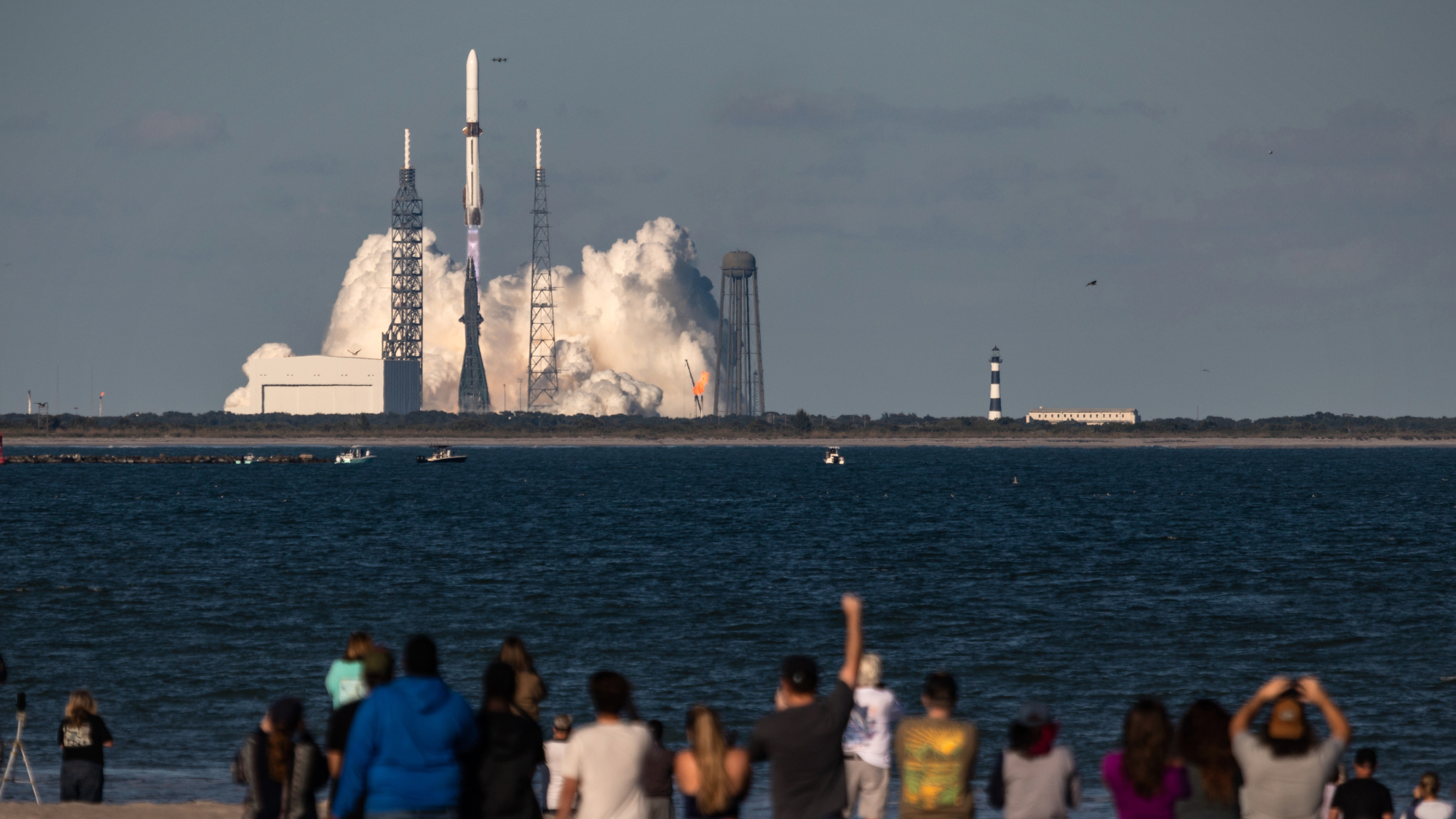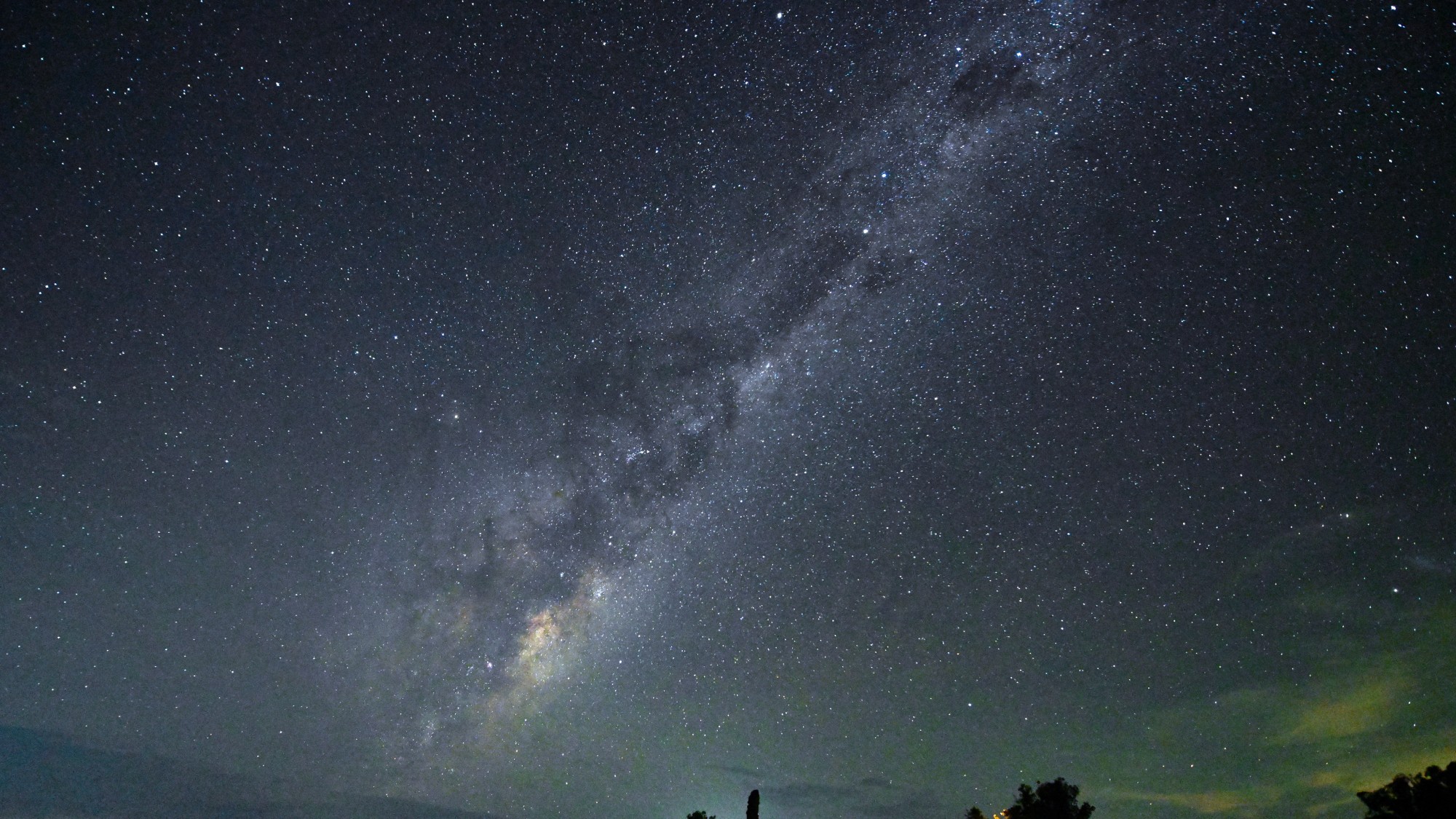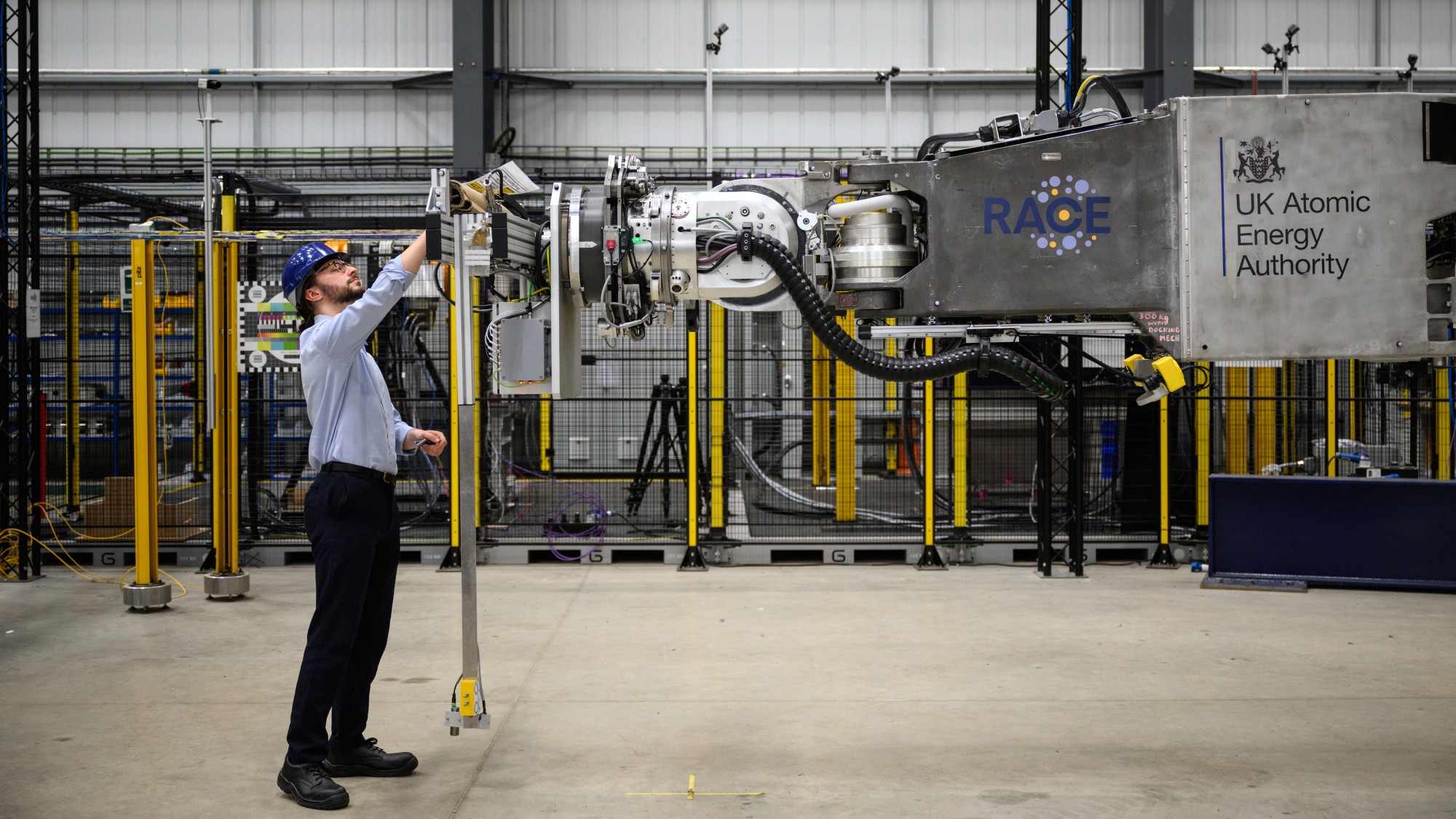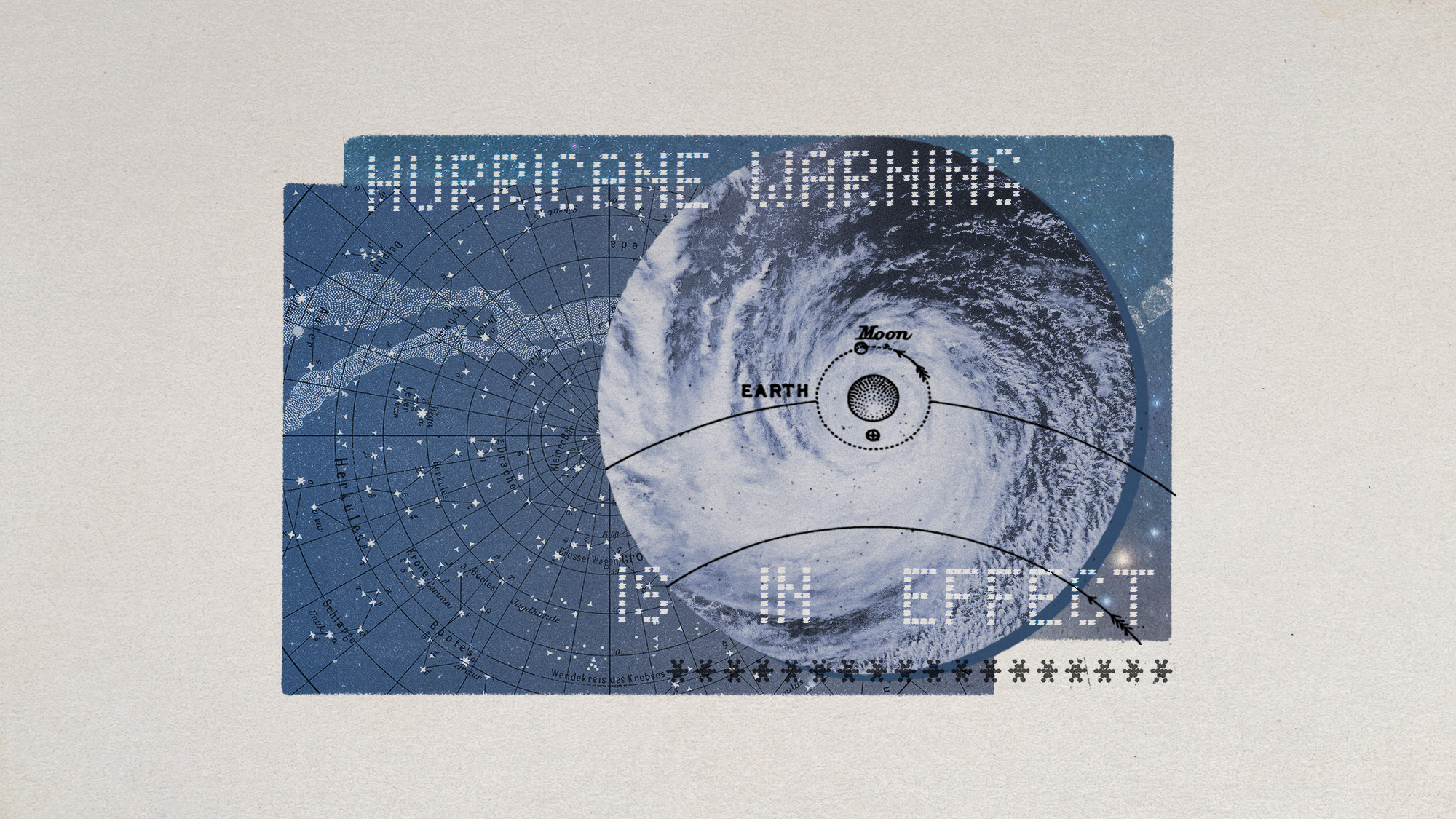Power stations in space: how this science fiction concept is being ‘taken seriously’
Could space-based solar power be the answer to the world’s energy problems?

Power stations in space sounds like an idea from science fiction – and in fact it is an idea from science fiction: in 1941, Isaac Asimov’s story Reason described a space station that transmits energy collected from the Sun to other planets using microwave beams. Today, the technology required to do this exists, and space-based solar power (SBSP) is being taken seriously.
The idea is that a vast satellite, miles in length, would generate electricity via thousands of photovoltaic panels. This would then be transmitted to Earth using high-frequency radio waves. On the ground, this beam of microwave energy would be intercepted by a field of ellipse-shaped radio antennae, converted into electricity, and distributed to the grid.
But is this actually a realistic prospect?
Brian Ryan, vice-president of innovation for National Grid, admits that people think he’s “mad” when he talks about it. “It is a little bit out there,” he says, “but it’s not that far out there. I think we will see space-based solar power playing a huge role in our energy ecosystem in the next 20 years... The potential is unlimited.”
The Week
Escape your echo chamber. Get the facts behind the news, plus analysis from multiple perspectives.

Sign up for The Week's Free Newsletters
From our morning news briefing to a weekly Good News Newsletter, get the best of The Week delivered directly to your inbox.
From our morning news briefing to a weekly Good News Newsletter, get the best of The Week delivered directly to your inbox.
A report for the UK Government published last year by the engineering consultancy Frazer-Nash described SBSP as “technically feasible” and potentially affordable, compared with other sources of clean electricity. The US also believes SBSP technology is worth investigating: a military project is under way, as is one at the world-respected California Institute of Technology. Japan’s space agency is working on a space solar farm. China reportedly aims to launch its first station by 2035, and has already started construction in the city of Chongqing.
Why is it thought to be a good idea?
SBSP could potentially solve various knotty energy problems. It is estimated that global energy demand will double by 2050, and the search is on for sources that don’t use fossil fuels or originate from objectionable regimes. There’s a lot of clean power available in space: a narrow strip around the Earth could provide more than 100 times the forecast global energy demands of humanity in 2050, the Frazer-Nash report noted.
Unlike renewable power sources on our planet’s surface, SBSP would not be intermittent. It’s always sunny in space, and power stations would be in high geostationary orbit – i.e. remaining in a fixed position relative to the Earth – providing power near-continuously. This would mean both more energy in absolute terms, and also that SBSP would be able to provide baseload power – the minimum amount of electric power required by the electrical grid at any given time. At present, renewable sources cannot provide baseload power; only fossil fuels and nuclear power stations can do so. Finally, SBSP could be beamed to different parts of the world, as required.
How much energy could it give?
Prototype designs for SBSP stations envisage each one sending at least one gigawatt of power to Earth. One gigawatt is enough to power approximately 750,000 homes, and is comparable to the output of a nuclear power station. John Mankins, a former Nasa scientist who is a leading expert in SBSP, thinks that his design would generate three gigawatts, but that one gigawatt would be lost in the process of being beamed back to Earth.
A free daily email with the biggest news stories of the day – and the best features from TheWeek.com
Wouldn’t it be very expensive?
Yes, the main costs being the need for multiple rocket launches to blast the components into space, and for robotic assembly of the SBSP station in orbit. A solar power satellite would need to be “an order of magnitude larger in mass and extent than any spacecraft currently in orbit”, the Frazer-Nash report acknowledges.
Nevertheless, the cost of putting things in space has massively decreased in recent years. According to a 2018 Nasa study, it had fallen by a factor of 20 in the preceding decade. Frazer-Nash estimates that developing the technology and launching an operational solar satellite would cost about £16bn – much less than the £23bn expected cost of the planned Hinkley Point C nuclear power station.
Is everyone convinced?
No. In 2012, Elon Musk – who runs both a solar power and a space business – called SBSP “the stupidest thing ever”. And it certainly has drawbacks. The technology involved is untested at scale. Transportation to space is only part of the problem. Once built, it would be vulnerable to damage from space debris. Repairs would be exceptionally difficult to carry out. Antennae receiver stations on Earth would require large expanses of land, and would likely be controversial.
SBSP would have to compete with normal solar power, which is now the cheapest form of electricity in history. There are also concerns over safety, and, given rival superpowers’ sensitivity about control of space, it would require extensive international cooperation.
So is it going to happen?
In March, the UK’s Minister for Science George Freeman said SBSP is being “taken seriously” by the Government. “We’re up for being bold”, he said, and for “supporting it”. But in the short-term, SBSP is likely to be confined to specialist areas, such as military use.
One of the most advanced projects is the US Air Force Research Laboratory’s Arachne project, which aims to launch in 2025. It is designed to show that the technology works, and that it could be used to beam power to forward military bases (supplying power is often one of the most dangerous parts of a ground operation, involving vulnerable convoys or supply lines).
Arachne is also designed to examine the possibility of using a SBSP station to supply interplanetary spacecraft with power. The Air Force Research Laboratory points out similarities with GPS, which started life as a military asset but is now used to great effect by civilians everywhere, every day.
-
 Political cartoons for December 9
Political cartoons for December 9Cartoons Tuesday's political cartoons include black market vaccines, FIFA prizes, and drone deliveries
-
 How dangerous is the ‘K’ strain super-flu?
How dangerous is the ‘K’ strain super-flu?The Explainer Surge in cases of new variant H3N2 flu in UK and around the world
-
 Who is The Liz Truss Show for?
Who is The Liz Truss Show for?Talking Point Former PM’s new weekly programme is like watching her ‘commit a drive-by on herself’
-
 Blue Origin launches Mars probes in NASA debut
Blue Origin launches Mars probes in NASA debutSpeed Read The New Glenn rocket is carrying small twin spacecraft toward Mars as part of NASA’s Escapade mission
-
 ‘The Big Crunch’: why science is divided over the future of the universe
‘The Big Crunch’: why science is divided over the future of the universeThe Explainer New study upends the prevailing theory about dark matter and says it is weakening
-
 Why scientists are attempting nuclear fusion
Why scientists are attempting nuclear fusionThe Explainer Harnessing the reaction that powers the stars could offer a potentially unlimited source of carbon-free energy, and the race is hotting up
-
 The moon is rusting
The moon is rustingUnder the radar The Earth is likely to blame
-
 Panspermia: the theory that life was sent to Earth by aliens
Panspermia: the theory that life was sent to Earth by aliensUnder The Radar New findings have resurfaced an old, controversial idea
-
 Africa could become the next frontier for space programs
Africa could become the next frontier for space programsThe Explainer China and the US are both working on space applications for Africa
-
 Hurricanes are not exclusive to Earth. They can happen in space.
Hurricanes are not exclusive to Earth. They can happen in space.Under the radar These storms may cause navigational problems
-
 Answers to how life on Earth began could be stuck on Mars
Answers to how life on Earth began could be stuck on MarsUnder the Radar Donald Trump plans to scrap Nasa's Mars Sample Return mission – stranding test tubes on the Red Planet and ceding potentially valuable information to China